Blog Posts Tagged Heat Transfer Module
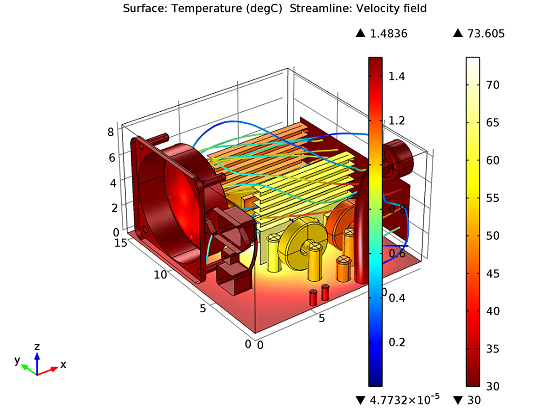
Modeling PSU Cooling with COMSOL
A forced convection cooling system, such as a PSU, is used for removing excess heat produced by electrical computer components. You can model this device in COMSOL Multiphysics®.
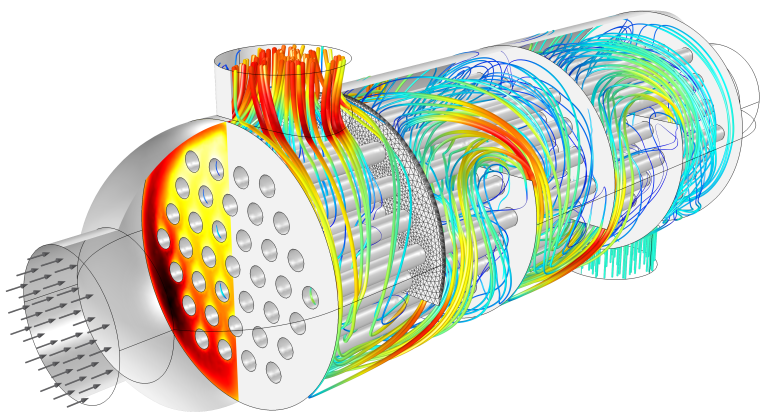
Conjugate Heat Transfer
Get an introduction to the concept of conjugate heat transfer and see some of its applications and modeling considerations.
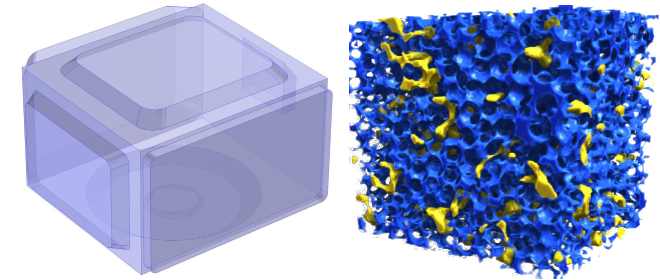
Predicting Microwave Drying of Potatoes
You may not think of reheating food in the microwave as a drying process, but as we saw at the COMSOL Conference 2013 Boston, microwave technology — the same technology used in domestic microwave ovens — can be used for drying fruits and vegetables. One poster presented at the conference featured microwave drying of potatoes and how the heat and mass transfer that occurs can be modeled to predict the drying process.

Thermal Modeling of Surfaces with Wavelength-Dependent Emissivity
Whenever we are solving a thermal problem where radiation is significant, we need to know the emissivities of all of our surfaces. Emissivity is a measure of the ability of a surface to emit energy by radiation, and it can depend strongly upon the wavelength of the radiation. This is very relevant for thermal problems where the temperature variation is large or when there is exposure to a high-temperature source of radiation such as the sun. In this post on […]
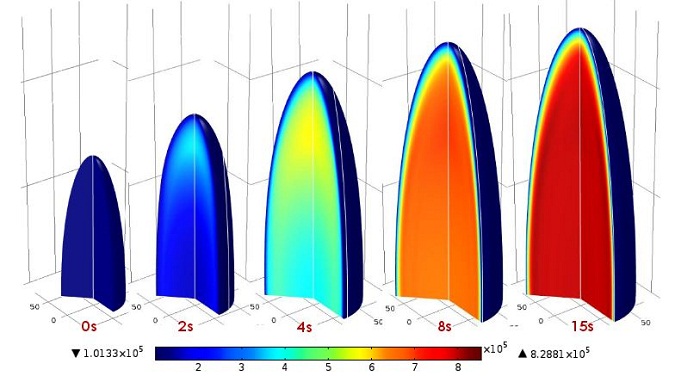
Coupling Transport and Solid Mechanics Models for Better Puffed Rice
In my work at COMSOL, it’s always interesting to see how broad the field of heat transfer can be. Far from being limited to steel ingots and CPU fans, researchers often use COMSOL Multiphysics to study heat transfer in food manufacturing. One good example of this is the study of thermal and mechanical effects in the production of puffed rice, which was presented at the COMSOL Conference 2013 in Boston.
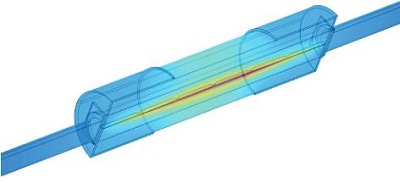
Mersen Simulates Joule Heating in Busbars and Fuses
Joule heating is a fairly standard type of simulation for COMSOL users nowadays. It involves solving for electrical voltage and temperature fields simultaneously with highly temperature-dependent material properties. Controlling Joule heating is very important when designing and manufacturing electrical systems components. The electric protection group at manufacturing company Mersen France used to base their busbar and fuse designs on trial-and-error, but these days they turn to COMSOL Multiphysics.
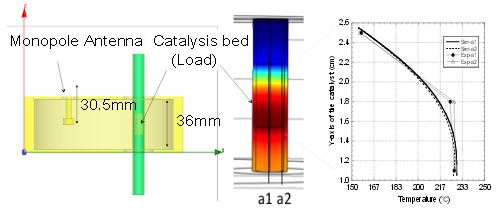
Research on Microwave Heating and Chemical Applications
There were many interesting posters at this year’s COMSOL Conference in Boston. A couple that caught my eye involved microwave heating and chemical applications. One of them showcases the use of microwave irradiation to speed up chemical reactions. Another — one of the recipients of the Best Poster award — used simulations to optimize their microreactor design with respect to microwave propagation.
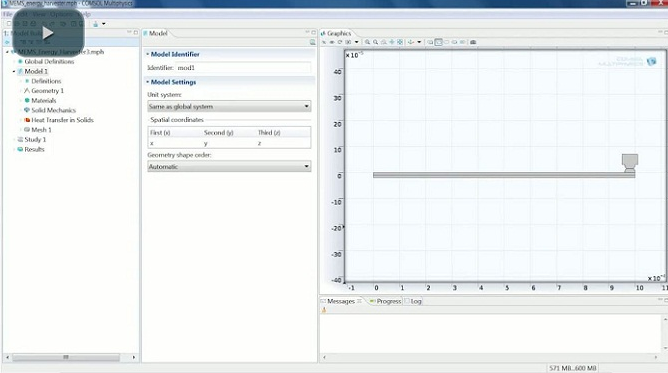
MEMS Energy Harvester for Reusing Waste Heat
Today we welcome another guest post from Kyle Koppenhoefer of AltaSim Technologies, a COMSOL Certified Consultant. In this entry he will discuss modeling MEMS energy harvesting devices. During our recent webinar with COMSOL on thermal-structure interaction modeling, we at AltaSim Technologies demonstrated modeling of a MEMS energy harvester that scavenges waste heat. Examples of sources for waste heat range from microprocessor chips, to internal combustion engines, to chemical processing plants. If the waste heat generated from these cases could be […]
